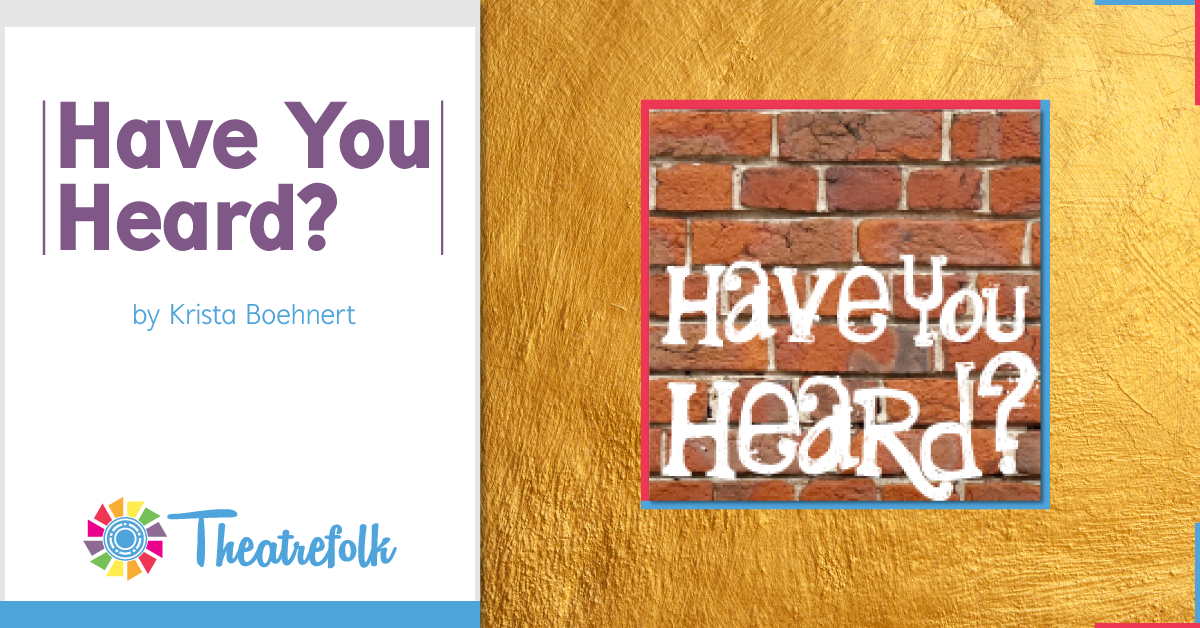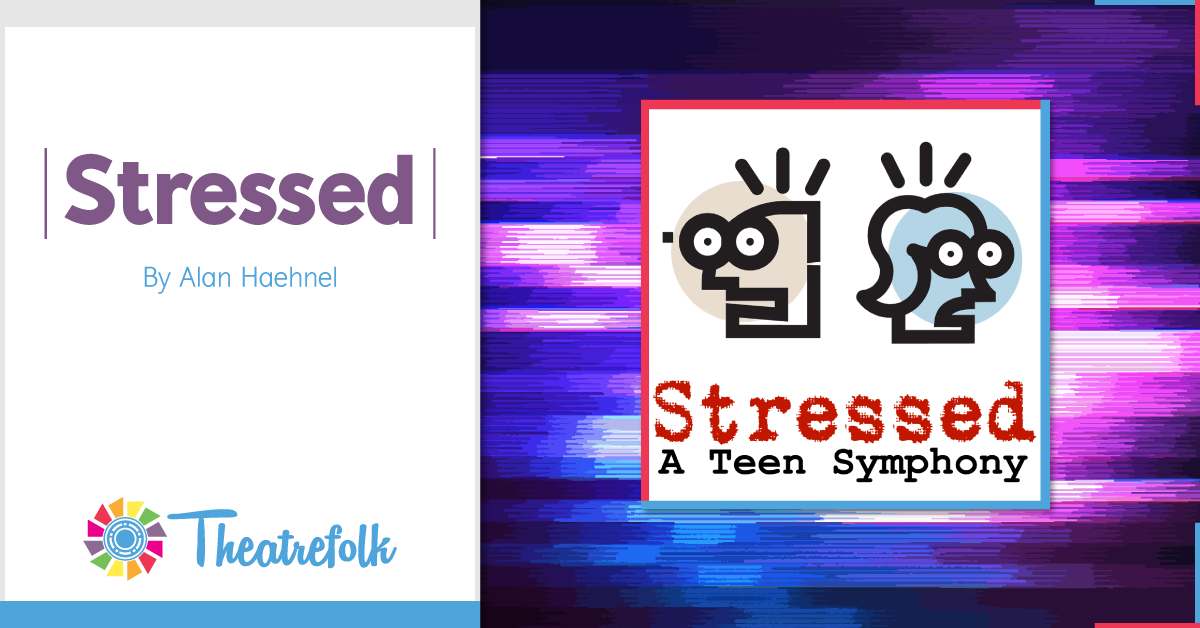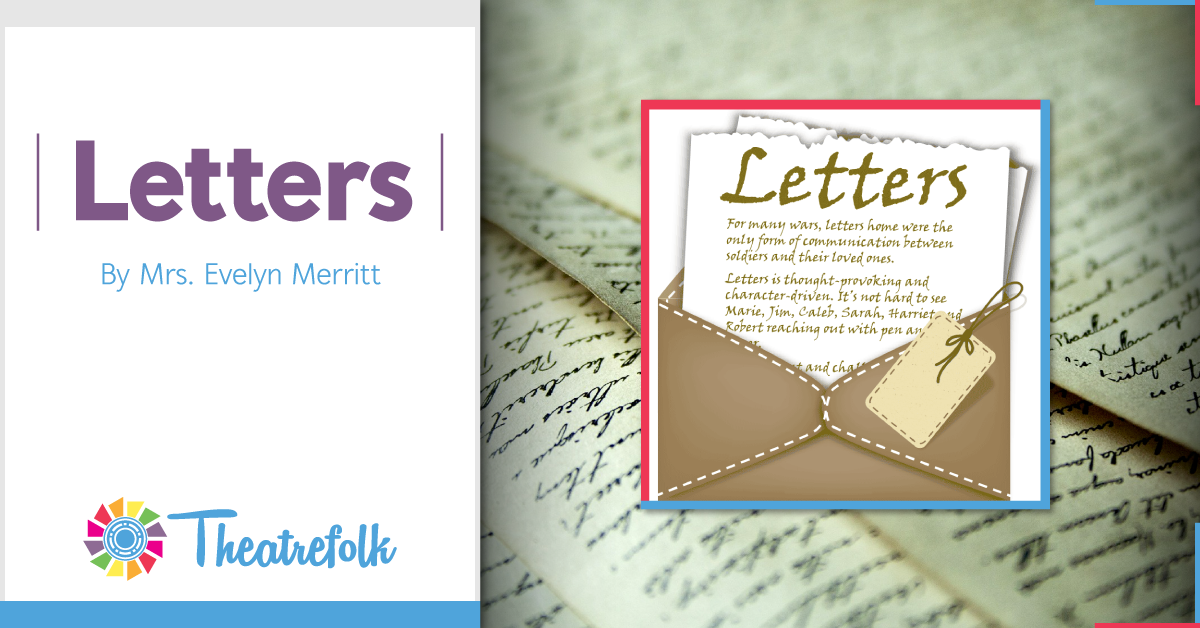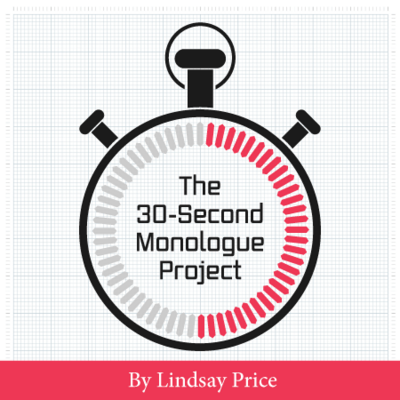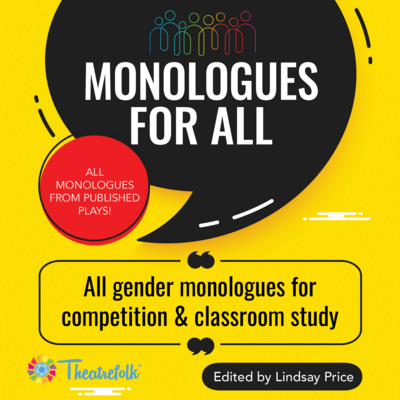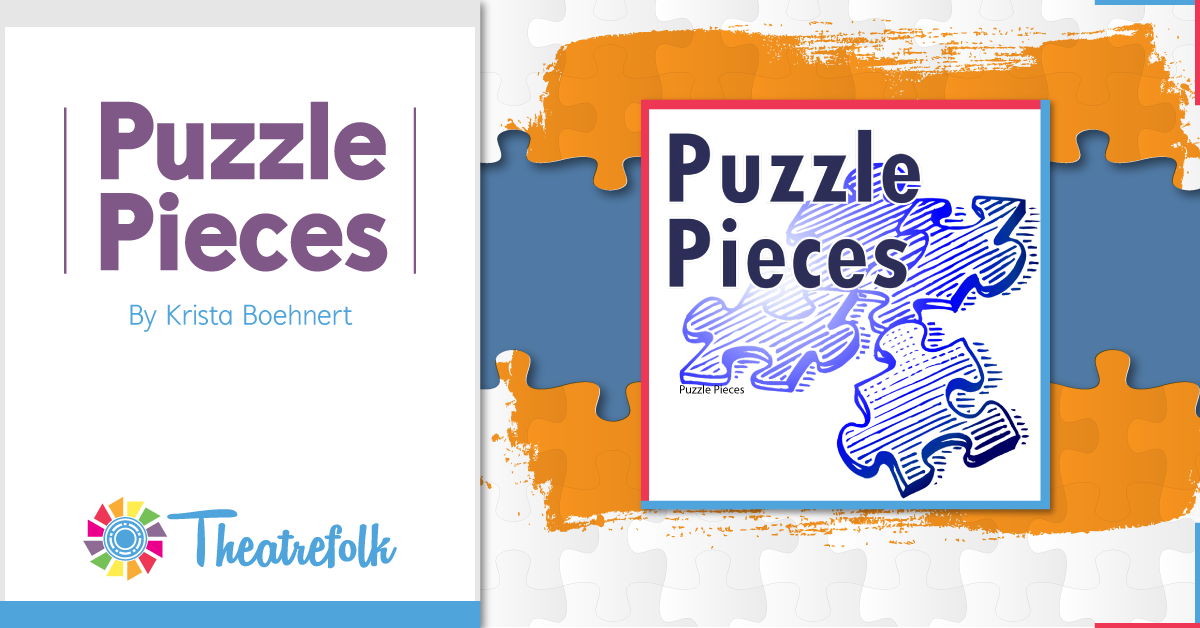
Theatrefolk Featured Play – Puzzle Pieces by Krista Boehnert
Welcome to our Featured Play Spotlight. Puzzle Pieces by Krista Boehnert is a monologue-based play that is a fantastic vehicle to introducing monologues to your student performers.
Puzzle Pieces explores teen issues through a series of monologues. The characters speak frankly about their fears, their futures, and their day to day life.
The serious dramatic scenes are balanced with humour, and the play is ultimately uplifting. The characters choose to embrace life and all its struggles, rather than shy away from it.
Why did we publish this play?
Monologues are a challenge. They are also inherently theatrical – they don’t often happen in real life. This is exactly why you should be tackling monologues in the classroom and in your theatre.
Puzzle Pieces is an excellent play to introduce monologues to your student because the entire play is made up of monologues. Characters talk frankly about their fears, their futures and their day-to-day lives. I’ve loved this piece since I first read it for it’s characters, it’s structure, and it’s message.
Why is this play good for online platforms?
Because this play is written in monologue form, it adapts really well to a virtual performance format. Characters connect directly to the audience, and this will work whether they are on stage, or they are staring right into their computer camera.
Let’s hear from the author!
1. Why did you write this play?
I wanted to experiment with format and write a monologue-based play. The characters in Puzzle Pieces each share their own story – the plotlines of the characters don’t intersect. This is both challenging and liberating for the director and actors when producing the play. Puzzle Pieces is instead woven around a common theme all characters are grappling with, which allowed me to explore a multitude of storylines rather than diving into just one topic.
2. Describe the theme in one or two sentences.
Growing up is complicated. You can try to be picture perfect, but real life is messier than that.
3. What’s the most important visual for you in this play?
Each character brings their own experience and story to the play. They each embody a puzzle piece for how a life can take shape, and for how to navigate life. The variety in their approaches is my favourite visual in the play.
4. If you could give one piece of advice for those producing the play, what would it be?
Although the play is monologue-based, it should be a collaborative experience both in the rehearsal and performance. Because the characters’ worlds don’t intersect, there is lots of rooms for character development that can be tackled by the individual actors, or as a collective.
The staging can also be more collaborative than solitary. Actors can support each other with the monologue performances whether that be direct contact, like holding their hand or comforting them while they speak, or acting out scenes they describe in their speech. It’s very open to experimentation and interpretation, so don’t be shy about trying different ways to bring the play to life.
5. Why is this play great for student performers?
It’s a great opportunity for practising character development, for learning how to prepare and perform monologues, and for experimenting with creative staging – both with their own monologues, and in supporting their fellow cast members as they perform their pieces.
6. Do you have any tips for those looking to perform this play online?
Both Have you Heard? and Puzzle Pieces? lend themselves nicely for online performance. As a monologue-based play, it allows for that intimate connection between the audience and a single performer. Settings in the performance space provider (such as Zoom) can be set to highlight the speaker, which results in the performer filling the whole screen, rather than the audience seeing all actors at once, if the director wishes to present it this way.
The plays are flexible, however, and do lend themselves to an ensemble performance as well. While actors are performing their monologues, the remaining actors can support the performances in a variety of ways. The director and cast can choose if all actors participate, or if only a select number do. If not all actors are participating in the scene, the director can ask them to simple turn and face their back to their camera, or walk out of frame thus “leaving the stage.”
Using the example of Jamie from Puzzle Pieces, talking about playing football, some staging options for supporting cast in a virtual environment include:
- Mime – actors can silently act out playing football, crowd members cheering, etc.
- Tableaux – actors can strike various poses that indicate a football game or game attendees
- Props – actors can hold up football themed props – jerseys, pompoms, football, foam fingers, cowbells, popcorn buckets, etc.
- Costume add-ons – team jackets, jerseys, ball caps – to help set the “game day” scene
- Virtual Backgrounds – actors can turn on virtual backgrounds that mimic signs people hold up at football games to cheer the team on
- Reaction Buttons – actors can engage their “applause” or “Thumbs up” reaction buttons to indicate crowd cheering the football team on
The staging for Have you Heard? and Puzzle Pieces is flexible regardless of the staging environment – live, virtual, live-streamed. In their simplest form, each scene can be performed with only the actor(s) in the scene who are speaking being “on stage” (or on screen depending on the scenario). The bulk of both plays are monologues, so for the majority of the play, you could have a single actor on stage/screen.
To enrich the performance experience for the audience, I would recommend engaging cast members to enhance the monologues by employing tactics such as mime, tableaux, use of props and costume add-ons, virtual backgrounds and reaction buttons. This creates a space where the audience and the cast are all part of each “monologue moment” and heightens the impact of each characters’ story/experience by bringing it more fully to life.
Related Articles
The 30-Second Monologue Project
by Lindsay Price
Give students the confidence, skills and tools they need to master the monologue with The 30-Second Monologue Project. This four-lesson unit guides students from the first moment to a successful performance.
Monologues for All
by Lindsay Price
Many monologue books have monologues with only male- or female-identified characters. This resource allows students to infer the identity of the character.
